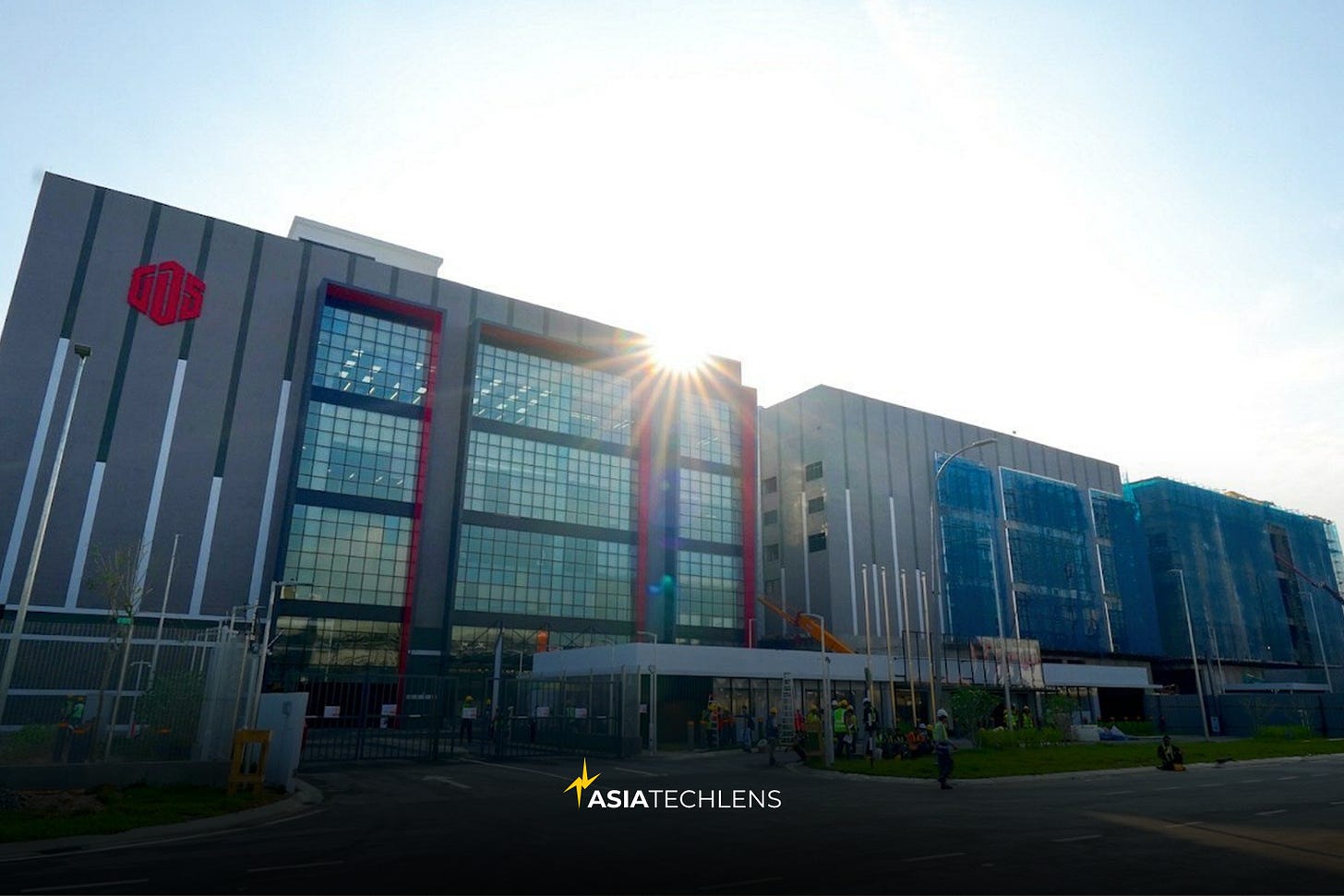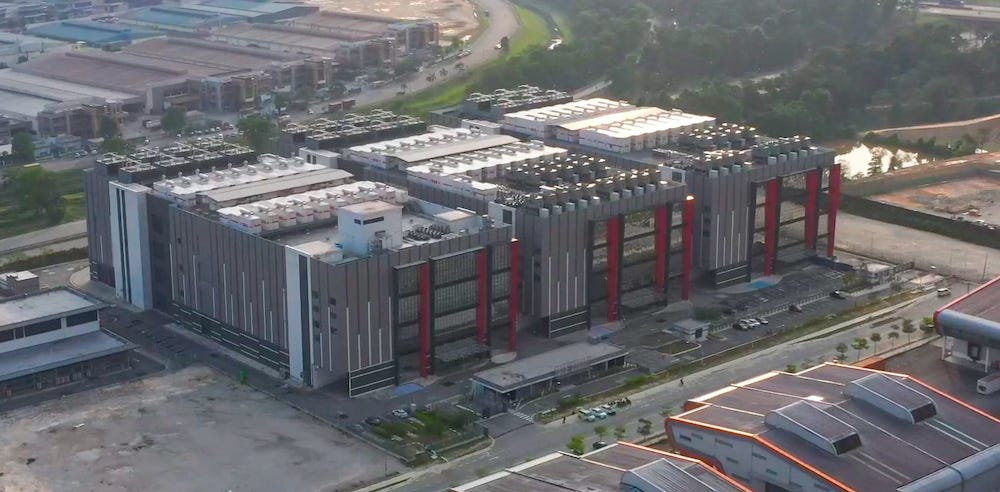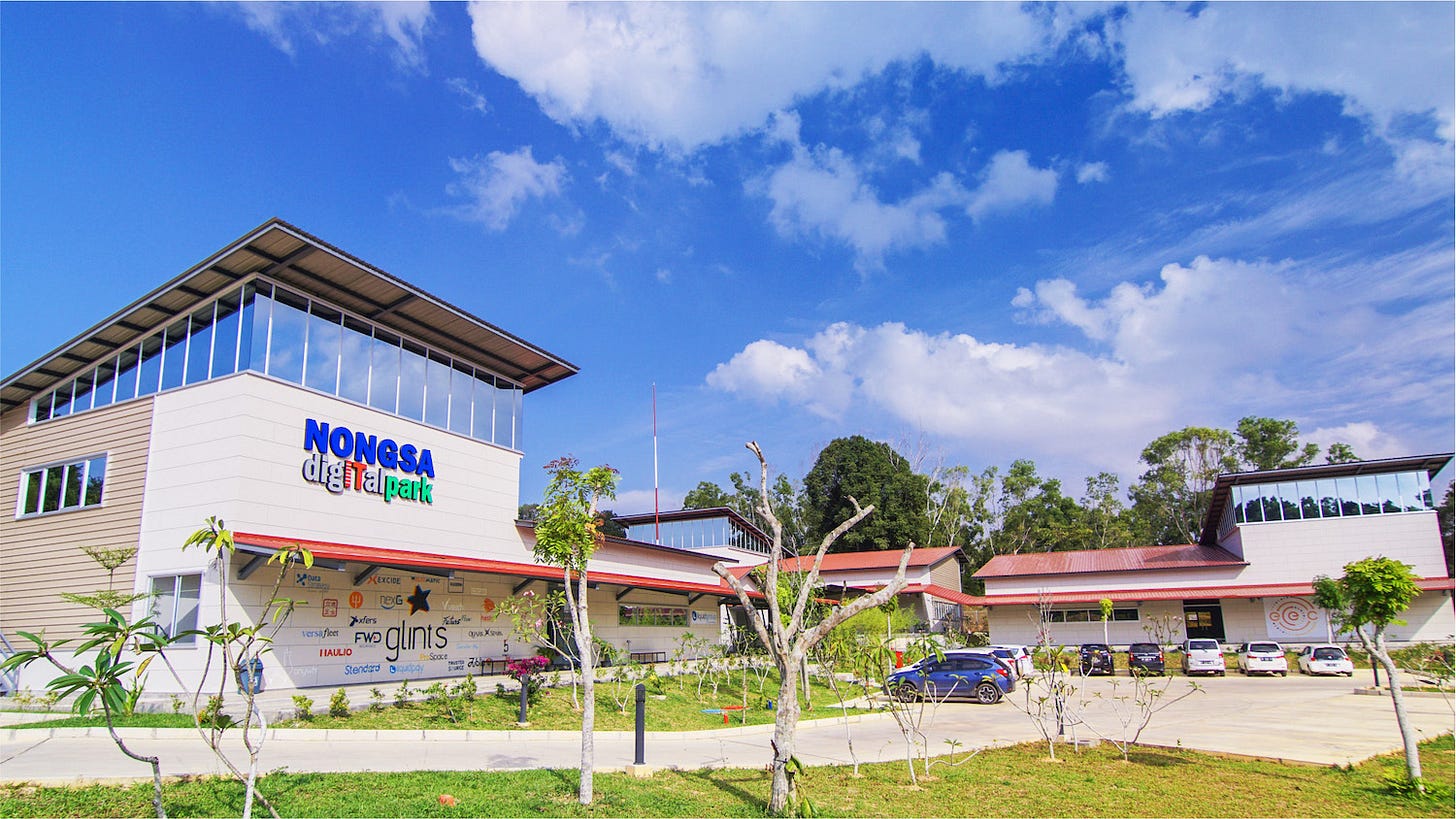Is Southeast Asia ready for an AI data center surge?
Malaysia and Indonesia are spearheading the regional push for AI-capable data centers, but power shortages, increasing costs, and environmental concerns might temper this growth.

The AI boom isn’t coming, it’s already here. Behind the large language models (LLMs), image generators, and other machine learning tools are powerful graphics processing units (GPUs) and TPUs (Tensor Processing Units) to crunch vast amounts of data at incredible speed.
All of that computing power lives in data centers, the engine rooms of the AI era. Running nonstop, they don’t just process tens of millions of requests per day but also store the massive datasets that make AI work.
In Southeast Asia, data centers have become the next big tech battleground. Malaysia and Indonesia are racing to position themselves as “AI-ready” hubs, with players like DayOne, Equinix, Sinarmas’ SM+, and NTT Data announcing major infrastructure plans.
But it’s not just about building more centers, it’s also about whether existing facilities can keep up. Supporting AI workloads requires high-performance chips, advanced networking, and enormous amounts of electricity and water to power and cool the systems.
So amid the hype and announcements, one big question looms: is the region actually ready to meet the infrastructure demands of AI at scale?
What Makes a Data Center AI-ready?
Broadly, there are three types of data centers: cloud (offering on-demand compute), colocation (providing shared space for customer-owned hardware), and AI data centers, which are purpose-built for intensive AI workloads. According to IBM, AI-ready facilities are defined by high-performance computing, advanced storage systems, secure and resilient networks, and robust power and cooling infrastructure.
Data centers are also classified by tier, based on a global standard developed by the Uptime Institute. Tier III is widely considered the practical minimum for mission-critical systems today, offering full redundancy and allowing maintenance without downtime. Tier IV is designed for ultra-high reliability, as needed by hyperscale AI operations, but its cost makes it unnecessary for many businesses.
Taking it a step further, Nvidia has introduced the concept of “AI factories,” next-generation data centers optimized from the ground up to generate intelligence at scale. These facilities are designed for training and deploying large AI models, using high-density compute, liquid cooling, and ultra-fast networking. It’s a radically different approach from traditional storage-first design. And one that may soon become the norm.
Infrastructure Challenges
While Asia Pacific’s data center supply is expected to double in the next three years, the region still faces a 15–25 gigawatt power shortfall by 2028, according to CBRE. AI data centers consume more than twice the power per rack compared to traditional ones, requiring reinforced floors, advanced cooling systems, and high-speed interconnections.
Many existing facilities, designed before the AI wave, simply weren’t built to handle these demands. Emerging markets like Malaysia and Indonesia face persistent infrastructure constraints, including unstable grids, water scarcity, high operational costs, and complex permitting processes.
In Malaysia, investment is pouring into the southern state of Johor, which borders Singapore and is linked to the wealthy city-state via a special economic zone. But limited grid capacity and aging infrastructure pose risks.
Local leaders are starting to raise red flags. Mohd Noorazam Osman, who is the mayor of the state capital Johor Bahru, told the press: “People are too hyped up about data centers nowadays. The issue in Johor is that we do not have enough water and power. Promoting investments is important, but not at the expense of local and domestic needs.”
Malaysia is set to become Southeast Asia’s fastest-growing data center hub, with power use expected to rise from 9 TWh in 2024 (equivalent to an average load of around 1,027 MW) to 68 TWh by 2030 (about 7,765 MW), according to energy think tank Ember. That would account for roughly 30% of the country’s total electricity consumption.
In Indonesia, similar challenges persist. Power supply is uneven, especially outside Java, and renewable energy remains difficult to access reliably and cost-effectively.

The Green Constraint
The growing demand for data centers also brings pressure to go green. Hyperscalers like Google, Microsoft, and Amazon Web Services have pledged to use renewable energy or achieve carbon neutrality across their operations. But in Malaysia and Indonesia, where the energy mix remains heavily fossil-fuel based, those sustainability goals are hard to meet.
Ember estimates Malaysia’s data center–driven electricity demand could result in a sevenfold increase in emissions between 2024 and 2030, raising serious concerns about how to grow digital infrastructure without undermining climate goals.
Poh Seng Lee, head of mechanical engineering at the National University of Singapore, notes that AI data centers need “reliable, low-carbon power, high-bandwidth connectivity, and robust ecosystem planning.”
There are early signs of progress. Malaysia is scaling up with over 1.2 gigawatts of planned capacity in Johor and has introduced the Green Lane Pathway, a fast-track approval process for eco-friendly projects. DayOne recently struck a landmark deal with TNB to secure up to 500 MW of renewable energy over 21 years for its Johor data center.
Indonesia is exploring geothermal power as a renewable option for future facilities. “The next two to three years will decide whether Southeast Asia becomes a global AI infrastructure hub or just a supporting node,” Lee said in a recent LinkedIn post.
Capital is Still Flowing
Despite the hurdles, Southeast Asia continues to attract record levels of investment. Malaysia ended 2024 as Southeast Asia’s top data center hub, attracting US$23 billion in investments and topping Knight Frank’s index for the second year in a row.
Meanwhile, the Indonesian data center market was valued at US$2.39 billion in 2024, with investments projected to grow to US$3.79 billion by 2030 at a CAGR (compound annual growth rate) of 7.99%, according to a report by Arizton Advisory and Intelligence.
In Malaysia, major players are betting big. Microsoft committed US$2.2 billion over four years for new cloud and AI infrastructure, skilling, and cybersecurity; Oracle pledged US$6.5 billion to build a sovereign cloud region; and Google announced a US$2 billion plan to develop its first data center and a Google Cloud region in the country.
Indonesia is seeing similar momentum, though on a smaller scale. Edgnex (Damac Group–backed) is investing US$2.3 billion in a 144 MW AI-ready data center in Jakarta, while Microsoft launched its first Indonesian cloud region in May 2025 as part of a US$1.7 billion commitment to the country.
Investor enthusiasm is also evident in the markets, albeit with caution. NTT’s data center REIT (real estate investment trust), listed on the Singapore Exchange in July 2025, was billed as the largest REIT IPO in Asia and a sign of long-term confidence in digital infrastructure. But the stock has struggled since debuting, trading below its offer price.
According to The Business Times, investors are wary of unsustainable yields, tenant concentration, and the direction of long-term interest rates. Still, recovery is possible if NTT delivers on forecasts, especially given the solid performance of peers like Keppel DC REIT.
Looking Ahead
The region’s data center boom is far from over, with hotspots such as Malaysia’s Johor and Indonesia’s Batam continuing to receive significant investments for new facilities. The upcoming data centers will increasingly prioritize high-density compute, advanced cooling, and green energy sourcing to support AI workloads.
But the risks are real. Rapid technological shifts, escalating operational costs, and growing pressure to meet sustainability goals could quickly overwhelm even today's most advanced facilities. As the region races to meet global AI demand, the true test isn't just building more data centers—it's building the right ones, designed with the resilience to evolve.
For More Info on Asia Tech Lens


